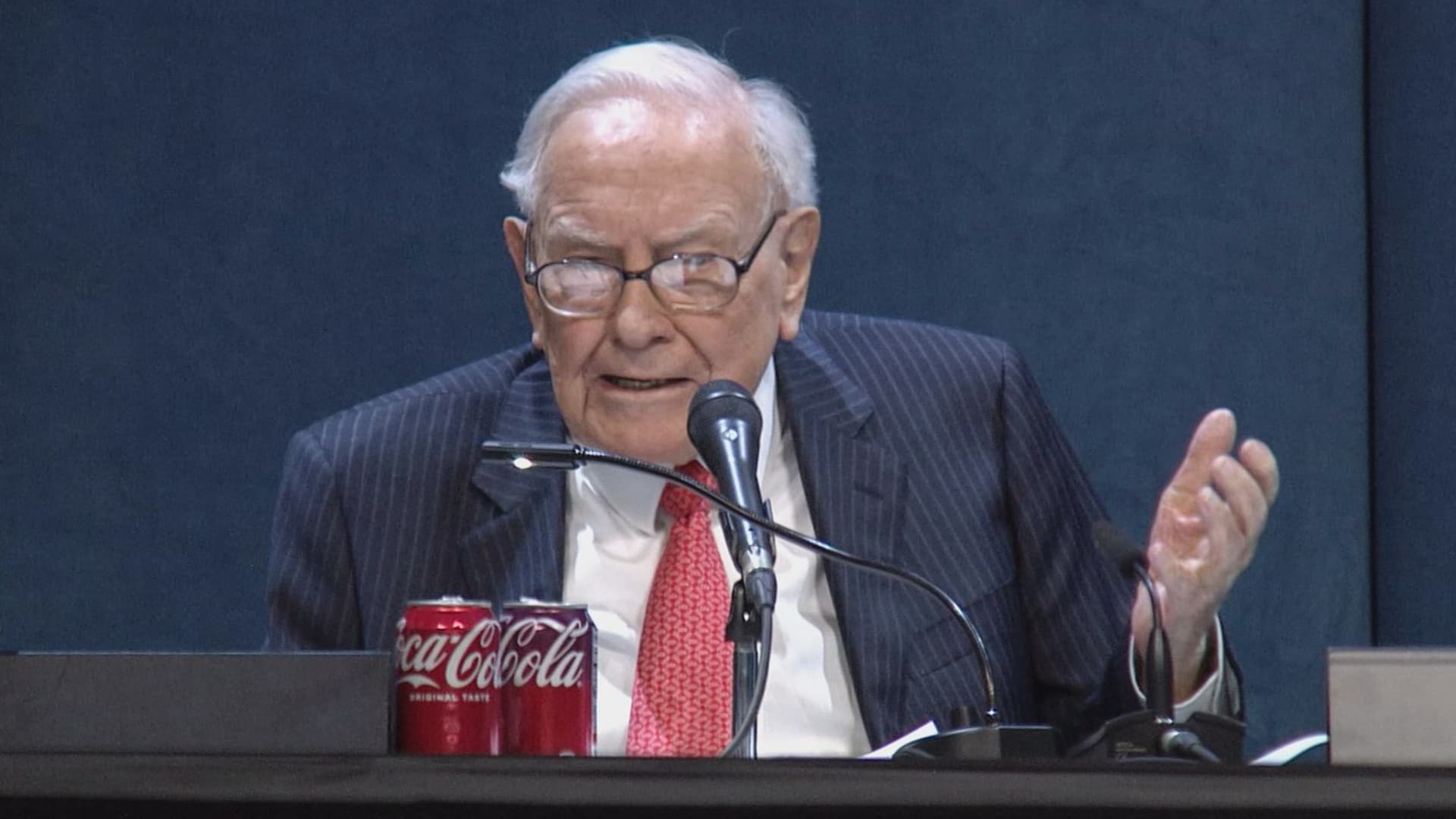Berkshire Hathaway ‘s underperformance in share price has continued since Warren Buffett’s exit news, now falling behind the S & P 500 in 2025. The Omaha-based conglomerate’s B shares have suffered six negative weeks in the past seven, on track for its third straight negative month. Since May 3, when the “Oracle of Omaha” announced his plans to hand over the reins, the stock of his conglomerate has fallen more than 12%, cutting year-to-date gains to 4.5%, trailing the S & P 500’s 7% increase. BRK.B .SPX YTD mountain Berkshire Hathaway B shares year to date vs. the S & P 500 If the stock closes July in the red, that would be its longest streak of monthly losses since June 2022. The B shares recently closed below their 200-day moving average after an impressive 573-day streak, their longest run above that level since the B shares were created in 1996. Buffett himself has tempered expectations for continuous outperformance. He noted that it’s very difficult for any investments to move the needle because of the sheer amount of cash Berkshire is working with. Buffett said Berkshire’s group of diversified, quality businesses — from BNSF Railway to See’s Candy —should provide “slightly better” performance than the average U.S. company, but anything more than that is unlikely. ‘With our present mix of businesses, Berkshire should do a bit better than the average American corporation and, more important, should also operate with materially less risk of permanent loss of capital,” Buffett said in his 2023 annual letter. “Anything beyond ‘slightly better,’ though, is wishful thinking.” Still, Buffett’s long-term track record is unparalleled. Berkshire, which cuts across 40 industries and 60 companies, has doubled the average annual return of the S & P 500 since Buffett first took control in the 1960s, touting an overall gain from 1964 to 2024 of 5,502,284%.





